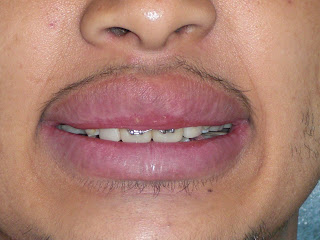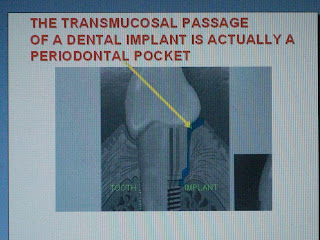NARROW DIAMETER DENTAL IMPLANTS: POSTED IN OSSEONEWS
K. F. Chow BDS., FDSRCS says: October 23, 2009 at 11:26 am THE CASE FOR NARROW DIAMETERS/MINIS/REDUCED DIAMETERS/ MINIMIZED DENTAL IMPLANTS/MOSTDIS Narrow diameter dental implants are being increasingly used not only to stabilize dentures but also for long term applications like crowns and bridges. I agree with Carl in that there is no such thing as an absolute contraindication in medicine. Even botox which will kill you if injected into your bloodstream is used ingeniously and judiciously to extend the youthful looks of people. The key word is “judiciously”. Know your medicine well and know what you want to do with it and then you can apply it safely and usefully. It is significant that one of the doyens of implant dentistry has recognized that narrow diameters have their uses especially in narrow ridges and in suitable bone. I started out with conventionals and with the advent of minis, incorporated them into my treatment planning and in many complex cases have successfully integra




